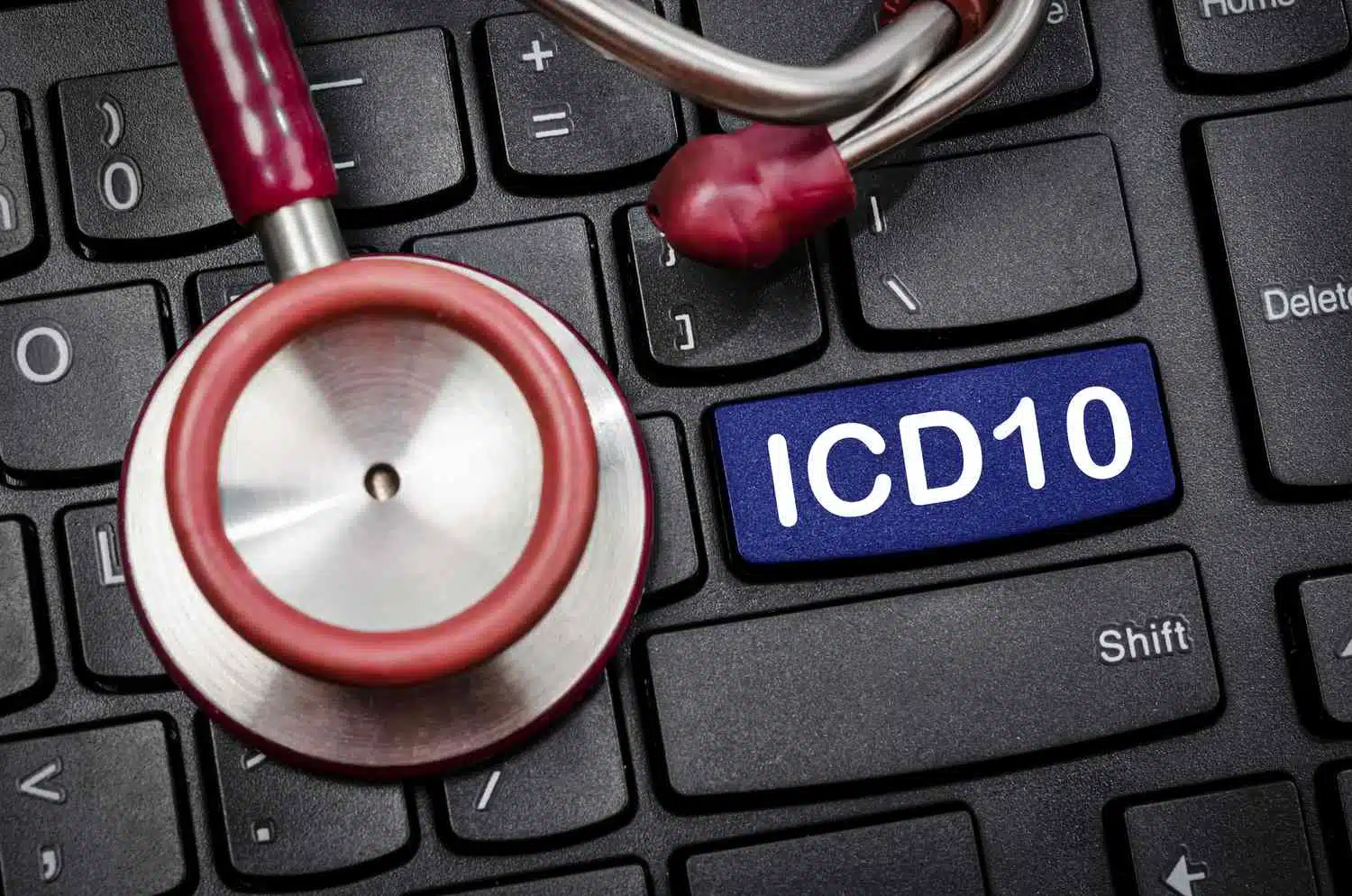The landscape of healthcare is evolving. Hence, comprehensive coding is critical in ensuring effective medical practices and accurate reimbursements. ICD-10 codes are the international classification of diseases, 10th edition. This is the backbone of medical coding, enabling healthcare providers to make accurate documentation. The periodic updates in ICD-10-CM codes improve the scope of medical coding.
What Are ICD-10- Codes?
ICD-10 codes, or International Classification of Diseases, 10th Revision, are a standardized system of alphanumeric codes used by healthcare professionals to classify and code various diseases, conditions, and medical procedures. The World Health Organization (WHO) oversees the development and maintenance of the ICD system. These codes are alphanumeric and consist of three to seven characters. They are precise, allowing for detailed classification of diseases and medical conditions.
Role of ICD-10 Codes in Healthcare
Accurate Billing and Reimbursement
ICD-10 codes are crucial for the accurate billing and reimbursement of healthcare services. They provide a standardized way to document and communicate diagnoses, medical procedures, and conditions to insurance companies, government health programs, and other payers. Accurate coding ensures that healthcare providers are adequately compensated for their services.
Improved Patient Care
These codes assist healthcare providers in accurately documenting a patient’s condition. This, in turn, aids in clinical decision-making and treatment planning. By using ICD-10 codes, healthcare professionals can better track patients’ medical history, monitor their progress, and make informed decisions about their care.
Quality Improvement
ICD-10 codes contribute to quality improvement initiatives in healthcare. They help healthcare facilities track and assess their services’ outcomes, identify improvement areas, and implement changes to enhance patient care and safety.
Key Changes and Updates in ICD-10 Codes:
ICD-10-Codes comprises a more detailed and comprehensive range of ICD-10 code sets compared to its predecessors. Due to this, specific and accurate coding can prevail, capturing the intricacies of various medical conditions.
New Technology Codes
ICD-10 has started to include more codes related to precision medicine. These codes help document genetic and molecular aspects of diseases, which is becoming increasingly important in modern healthcare. As new diseases emerge or are better understood, corresponding ICD-10 codes are created for accurate diagnosis and classification.
- Enhanced Clinical Detail
ICD-10 codes provide increased clinical detail, allowing for a more precise representation of patient conditions and procedures. This level of specificity aids in better communication between healthcare professionals, resulting in improved patient care and treatment outcomes. For instance, a simple fracture in ICD-9 might be represented as a complex combination of location, type, and healing status in ICD-10, providing a clearer picture of the patient’s condition.
3. Combination Codes
ICD-10 introduces combination codes that enable the documentation of multiple related conditions in a single code. This feature is specifically useful where the disease condition coexists. For instance, if a patient has both diabetes and kidney complications, then a single code can be used to represent the disease conditions accurately.
4. Improved Coding for Chronic Conditions
Chronic conditions prevalent in today’s healthcare landscape receive improved coding in ICD-10. The system permits better tracking and managing these conditions, contributing to more effective treatment plans and risk adjustment healthcare strategies.
Difference between ICD-10 Codes and ICD-10-CM
ICD-10 codes and ICD-10-CM are related coding systems. Here are the key differences between ICD-10 codes and ICD-10-CM:-
ICD-10-CM
ICD-10 is a comprehensive international coding system developed and maintained by the World Health Organization. It encompasses a wide range of diseases, conditions, and health-related issues. ICD-10 is used worldwide, including healthcare diagnosis coding, epidemiological tracking, public health reporting, and research.
ICD-10 uses alphanumeric codes that can be up to seven characters in length. These codes classify diseases and conditions but are not limited to medical diagnosis codes alone.
ICD-10-CM (International Classification of Diseases, 10th Revision, Clinical Modification):
ICD-10-CM is a specific subset or adaptation of ICD-10. It is designed for clinical use and medical billing. ICD-10-CM includes additional codes and details relevant to the U.S. healthcare system. These may include codes for procedures, clinical concepts, and extensions to provide more specific billing and clinical documentation information.
The main difference between ICD-10 and ICD-10-CM is their scope and intended use. ICD-10 is a global coding system used for various healthcare applications worldwide, while ICD-10-CM is a version tailored explicitly for clinical use and medical billing in the United States.
Wrapping Up
ICD-10 codes are the backbone of healthcare data management, playing a critical role in ensuring the accuracy of medical records. They are indispensable in providing quality patient care, making informed decisions, and shaping healthcare policies and strategies.
Lucas Noah, armed with a Bachelor’s degree in Information & Technology, stands as a prominent figure in the realm of tech journalism. Currently holding the position of Senior Admin, Lucas contributes his expertise to two esteemed companies: OceanaExpress LLC and CreativeOutrank LLC. His... Read more
